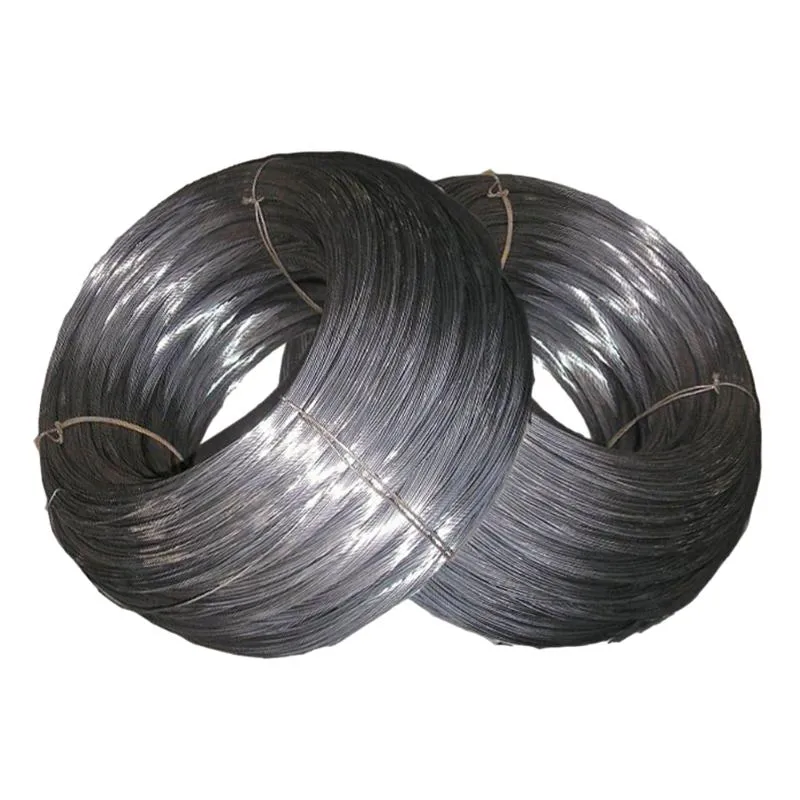
- Mobile Phone
- +8613931874955
- sales@cntcmetal.com
masonry joint reinforcement ladder style
Understanding Masonry Joint Reinforcement in Ladder Style
Masonry construction has been a fundamental aspect of building design for centuries, providing durability and structural integrity to countless buildings across various architectural styles. While traditional brick and block masonry offer strength, the incorporation of reinforcement systems enhances these materials' resilience, especially against environmental challenges such as seismic activity and heavy loads. One such reinforcement technique is masonry joint reinforcement, specifically the ladder style, which plays a pivotal role in strengthening masonry walls.
What is Masonry Joint Reinforcement?
Masonry joint reinforcement involves inserting steel elements within the mortar joints of masonry walls. These reinforcements are particularly essential in areas prone to cracking or structural stress, as they help to distribute loads more evenly across the wall assembly. Not only does this technique bolster the wall's resilience, but it also enhances its overall lifespan and performance.
The ladder style of joint reinforcement gets its name from its appearance; the steel reinforcement consists of horizontal and vertical wires that resemble a ladder. This design allows for maximum contact with the masonry units while providing a robust support framework.
Benefits of Ladder-Style Joint Reinforcement
1. Enhanced Structural Integrity The primary advantage of ladder-style reinforcement is its ability to significantly improve the structural integrity of the masonry walls. The interconnected horizontal and vertical components work together to resist lateral forces that can lead to wall failure. This is particularly beneficial in earthquake-prone areas or regions that experience high winds.
masonry joint reinforcement ladder style

2. Crack Control Cracking is a common issue in masonry structures due to temperature changes, settling, and other factors. Ladder-style joint reinforcement helps control these cracks by restraining movements within the wall. The steel reinforcement also acts as a bridge across cracks, preventing them from propagating and compromising the wall's performance.
3. Ease of Installation Installing ladder-style joint reinforcement is relatively straightforward compared to other reinforcement methods. The mesh can be added during the wall's construction process without significant alterations to standard masonry practices. This ease of integration makes it a preferred choice for many builders and contractors.
4. Cost-Effective Solution While there may be an initial investment in materials, the overall cost savings from reduced maintenance and repair needs make ladder-style reinforcement a cost-effective option. By enhancing the durability and lifespan of masonry walls, building owners can avoid costly repairs associated with structural failures.
5. Versatile Applications Ladder-style joint reinforcement can be used in various masonry constructions, including residential buildings, commercial structures, and even historical restorations. This versatility allows builders to adopt modern reinforcement techniques while preserving the aesthetic integrity of older buildings.
Conclusion
Masonry joint reinforcement, particularly in the ladder style, offers a robust solution for enhancing the resilience and longevity of masonry structures. As building codes evolve and the demand for safer, more durable buildings increases, incorporating such reinforcement systems becomes not just beneficial but essential. By understanding the importance of these techniques, builders can ensure their constructions withstand the test of time, natural forces, and wear, ultimately providing safer environments for their occupants.
In the realm of masonry construction, leveraging advancements such as ladder-style joint reinforcement exemplifies a commitment to quality and safety. As we continue to innovate in building design and construction practices, embracing these improvements will undoubtedly lead to more resilient and sustainable structures in the future.
share:
-
Why Sacrificial Formwork Is Redefining Underground ConstructionNewsJun.06,2025
-
The Structural Dynamics of Modern Concrete: How Snake Spacers Revolutionize Flexible ReinforcementNewsJun.06,2025
-
Snake Spacers Smart-Lock Concrete Reinforcement with Surgical PrecisionNewsJun.06,2025
-
Snake Spacers: Reinforcement Precision for Modern Concrete ProjectsNewsJun.06,2025
-
Snake Spacers Powering Concrete's Structural DNANewsJun.06,2025
-
Slither into Success: Snake Spacers' Precision Bite for Unbreakable ReinforcementNewsJun.06,2025
-
Sacrificial Formwork: Building Stronger, Faster, and Safer StructuresNewsJun.06,2025



















